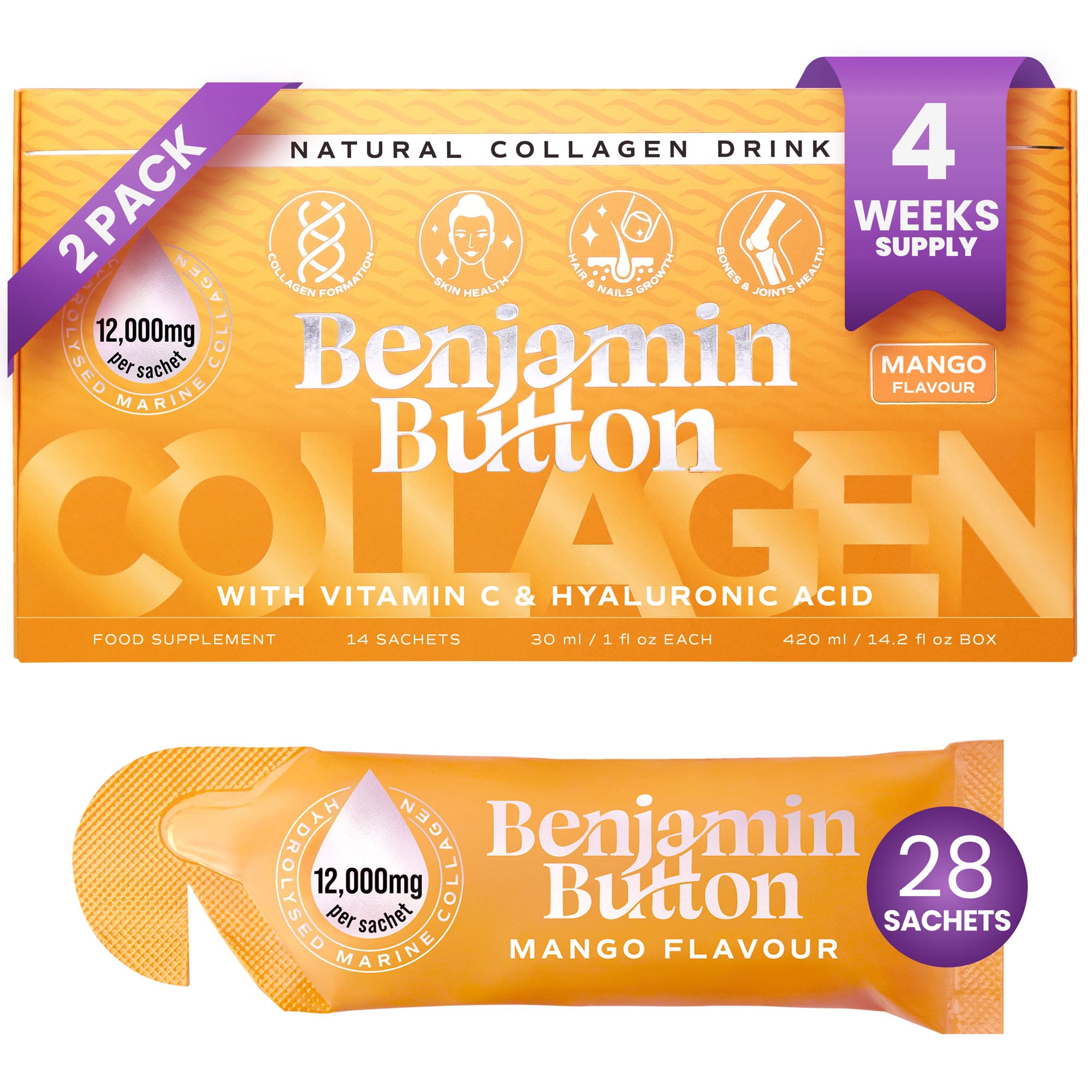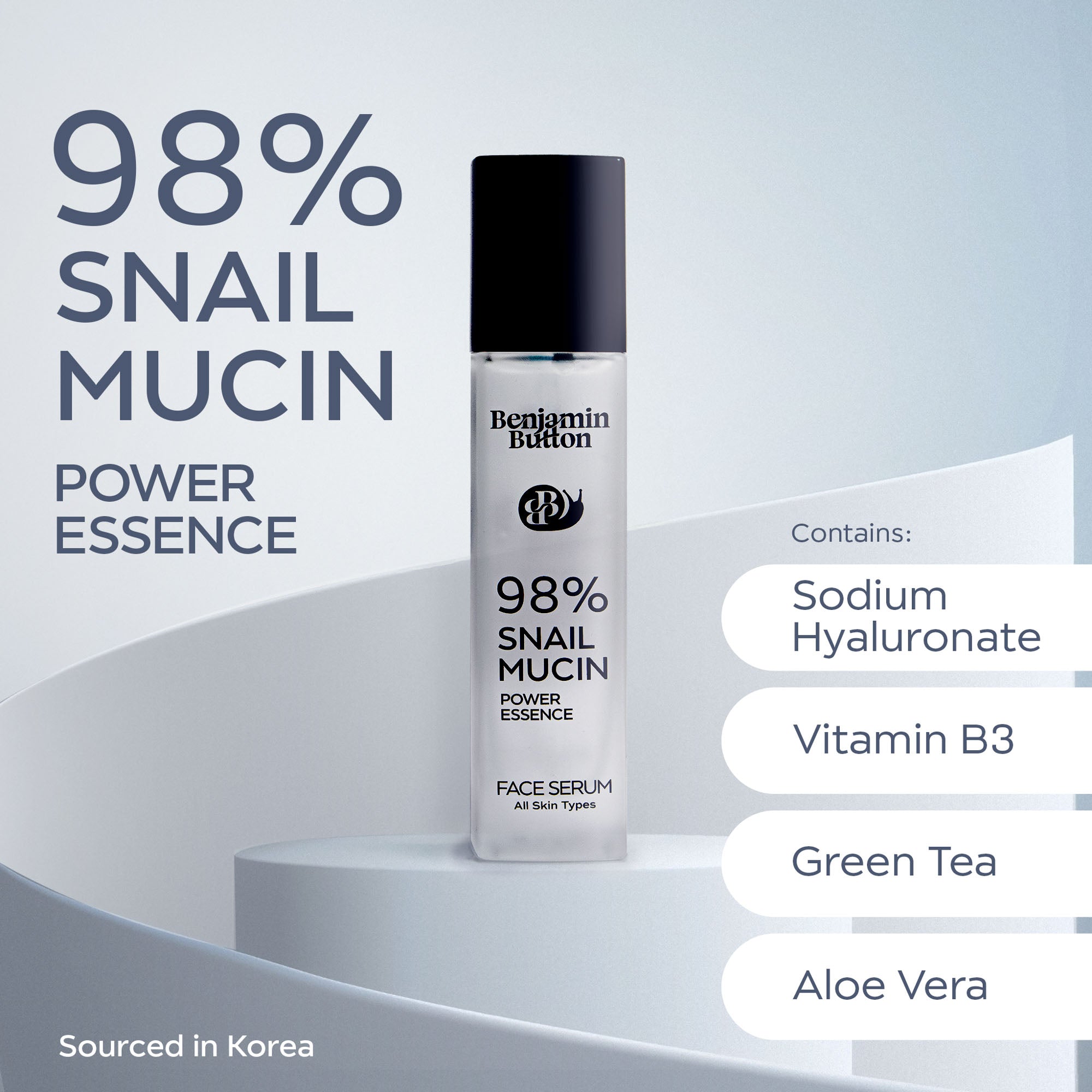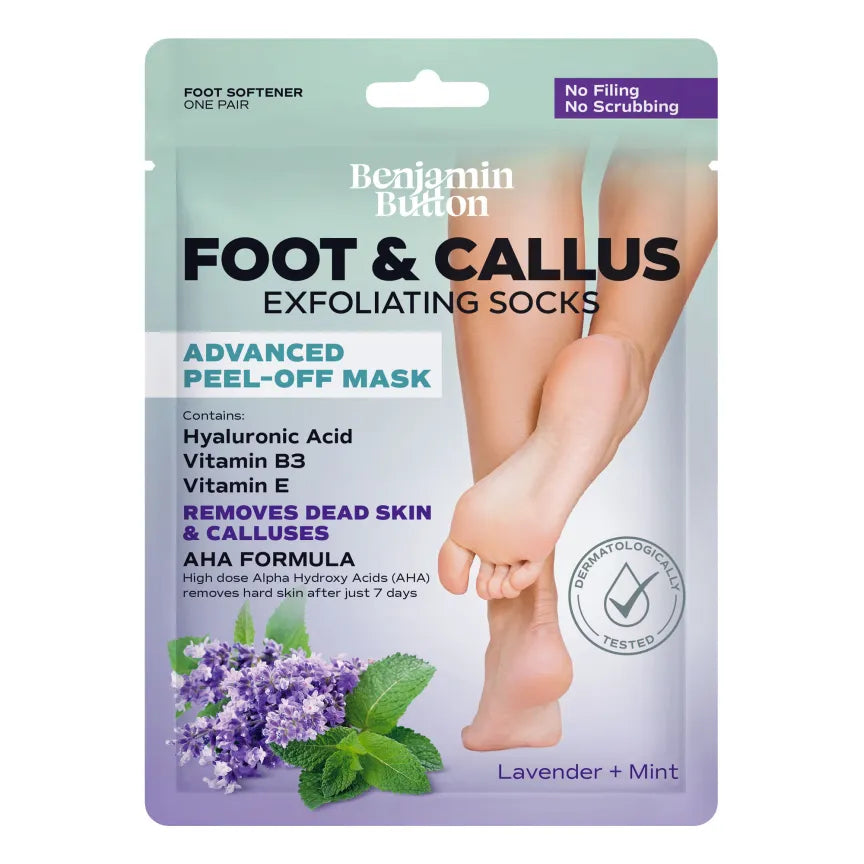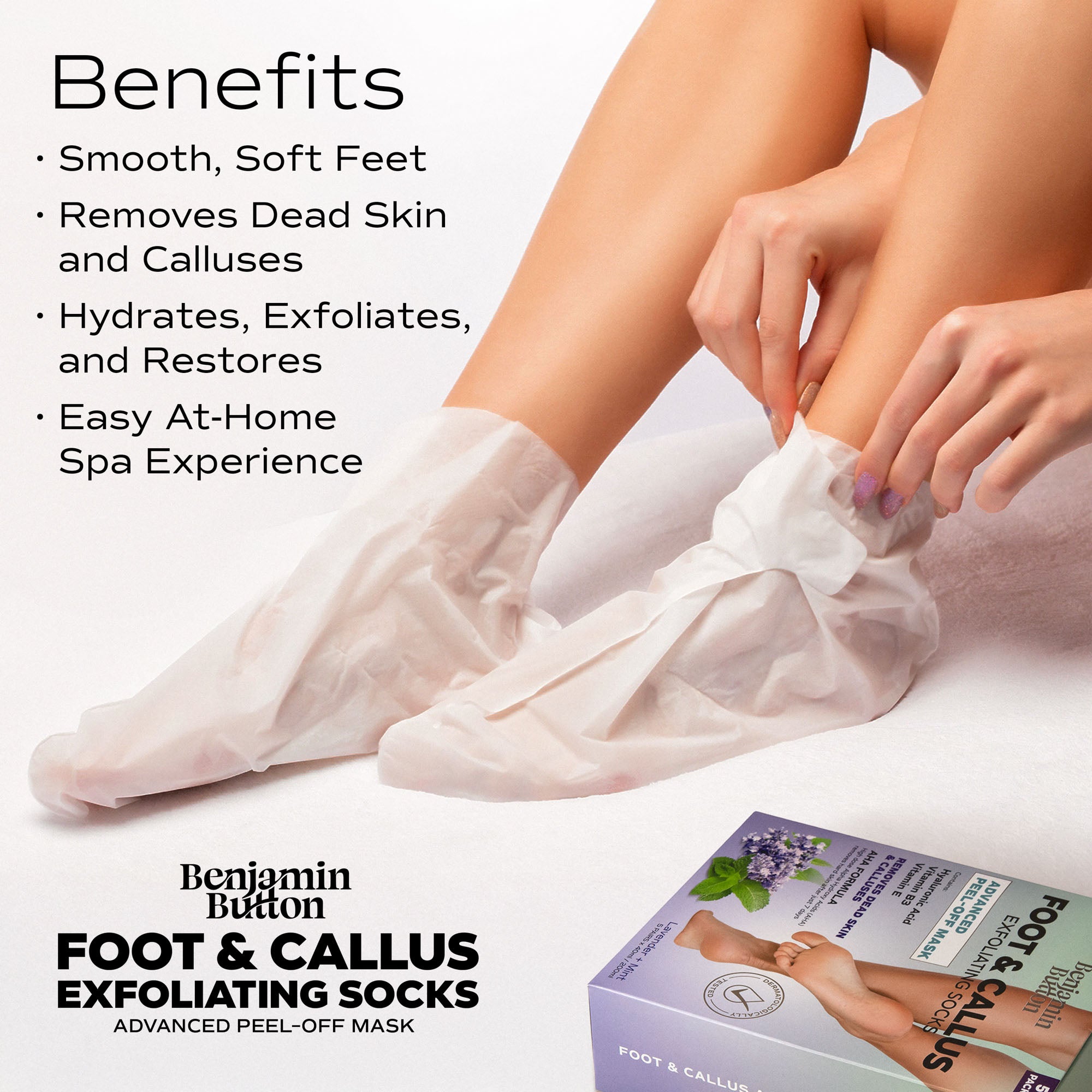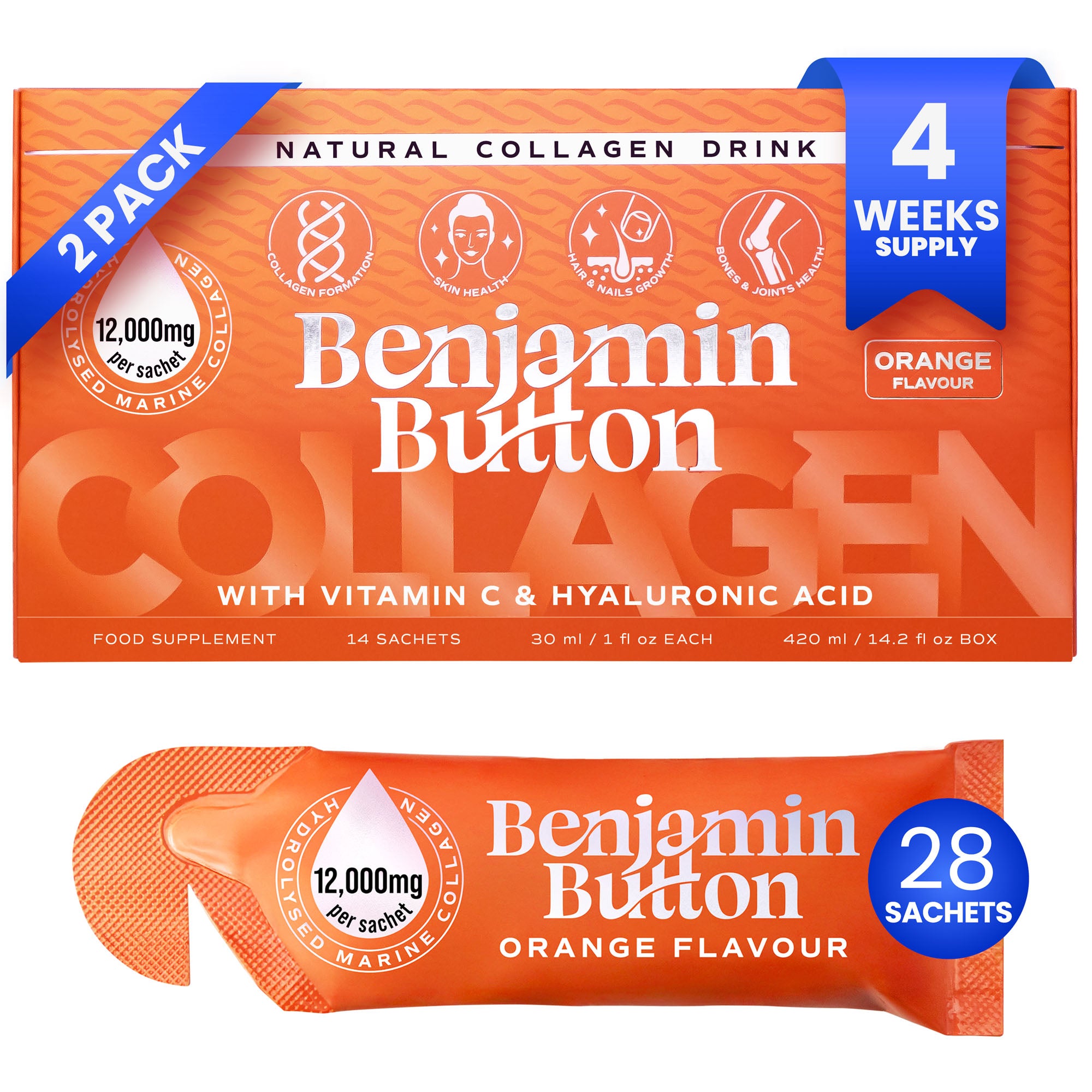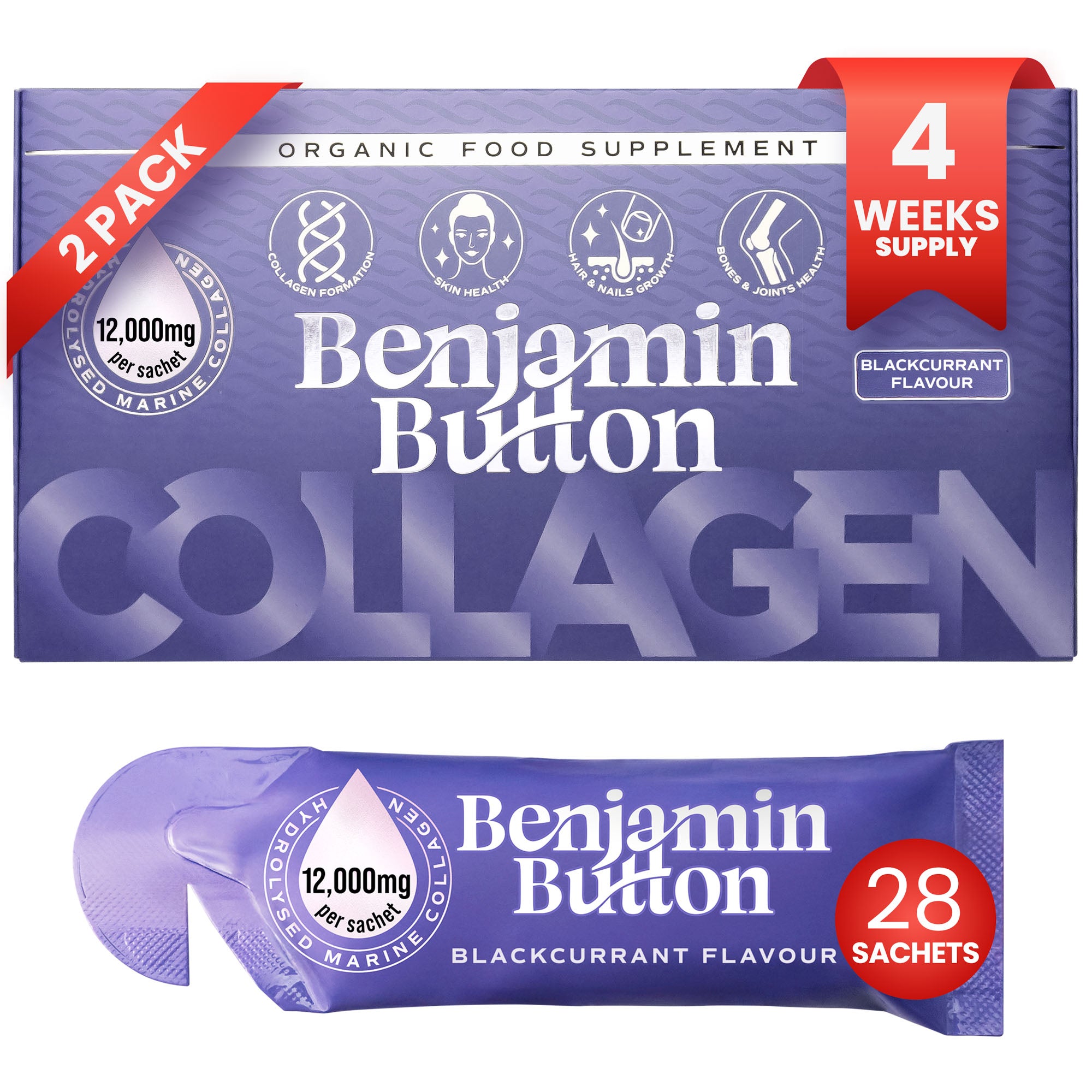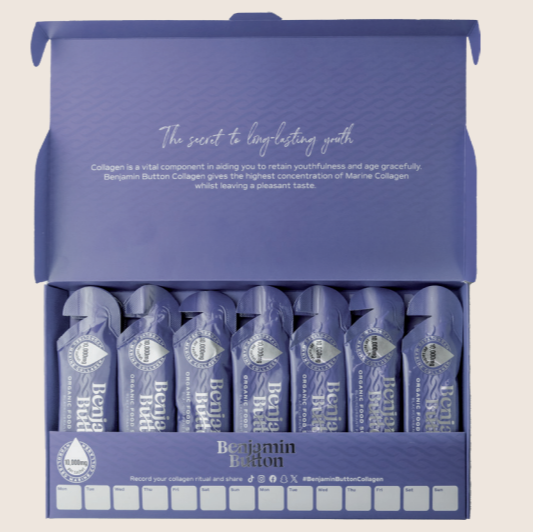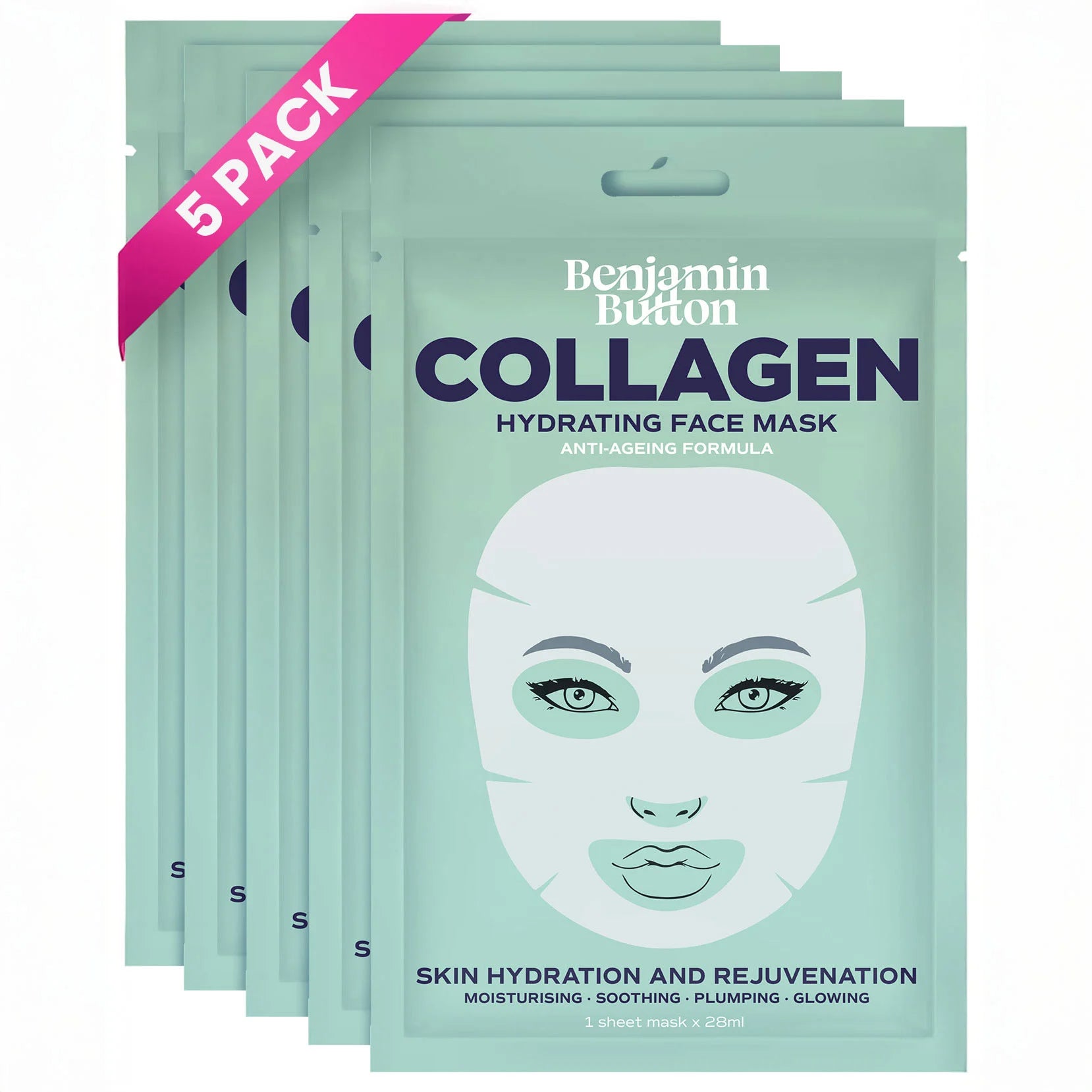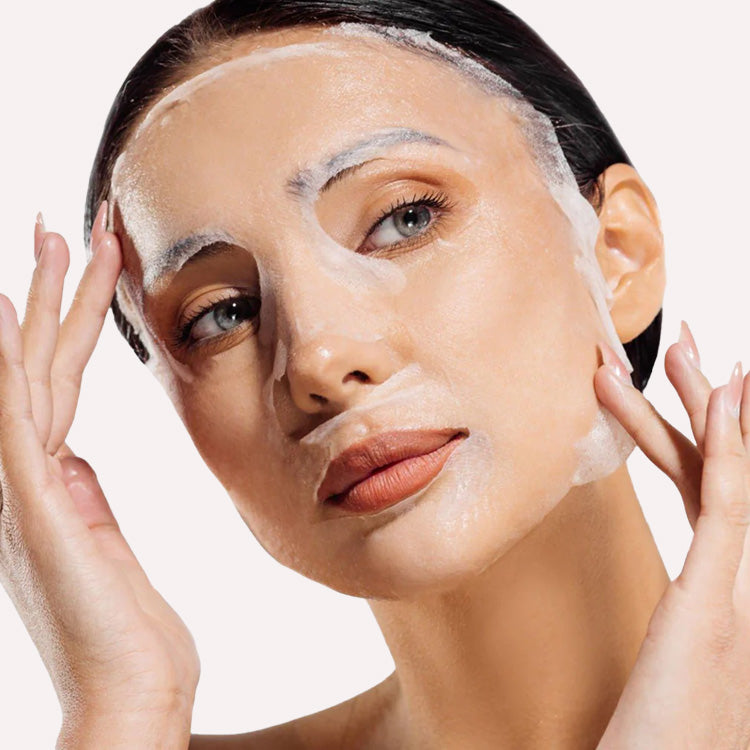The Rapid Growth of Beard Transplants in Today's Market
The aesthetic appeal of a well-groomed beard has surged dramatically in recent years, with more men turning to beard transplants as a solution for achieving desired facial hair density. As societal norms evolve towards embracing facial hair, the demand for beard transplants has seen a rapid increase. This article delves into the benefits of beard transplants, evidence supporting their effectiveness, and practical tips for those considering the procedure.Major Benefits of Beard Transplants
Enhanced Facial Aesthetics: One of the primary benefits of beard transplants is the significant improvement in facial aesthetics. A fuller beard can enhance jawlines and contribute to a more masculine appearance. Many men report feeling more confident and attractive following the procedure, which can positively impact various aspects of their lives, including personal and professional interactions. Long-Term Solution: Unlike temporary solutions such as beard oils or hair fibres that need frequent reapplication, beard transplants provide a permanent solution. The transplanted hair follicles are typically taken from the back of the head, where hair is more resilient and less prone to thinning. This means that the results can last a lifetime, making it a cost-effective option in the long run. Customization: Beard transplants allow for a highly personalised approach to facial hair. Surgeons can tailor the procedure to cater to the individual's face shape, hair texture, and desired fullness. This level of customisation means that clients can achieve the exact look they have envisioned, creating a sense of individuality and style.Effectiveness of Beard Transplants
Extensive evidence supports the effectiveness of beard transplants for their intended purpose. Clinical studies highlight a satisfaction rate exceeding 90% among men undergoing these procedures. Transplanting hair follicles from areas resistant to thinning ensures that the new growth lasts, making it an effective long-term solution for those struggling with patchy or sparse facial hair growth. Research published in reputable dermatology journals indicates that beard transplants not only produce visible results but also allow hair to grow naturally in its chosen direction, providing a seamless integration with existing facial hair. Thus, they work effectively for individuals desiring fuller beards.Preparing for a Beard Transplant
Before undergoing a beard transplant, proper preparation is essential. Consider these preparatory steps:- Cleansing: Ensuring your skin is clean and free from oils is crucial. A thorough wash of your face before the procedure helps prevent infections.
- Patch Testing: Though rare, some individuals may have allergic reactions to local anaesthesia. Discuss any past reactions with the surgeon and consider patch testing.
- Avoid Blood Thinners: Steer clear of blood-thinning medications like aspirin in the days leading up to the surgery to minimise bleeding.
Practical Tips for an Effective Beard Transplant Experience
To optimise the results of your beard transplant, consider the following practical tips:- Follow Post-Procedure Instructions: Adhering to your surgeon's post-operative care instructions is vital. This includes avoiding certain activities, knowing when to wash your face, and maintaining proper hygiene.
- Caring for Transplanted Hair: Use gentle hair care products to avoid irritating the transplanted area. Minimise the application of heavy oils or gels during the initial recovery phase.
- Be Patient: Hair growth can take time. While some initial results may be visible within a few weeks, full results may not be evident for several months. Maintaining realistic expectations is crucial.
Customer Reviews and Ratings
Real customer feedback paints a vivid picture of the experiences associated with beard transplants. Reviews from trusted sources such as RealSelf and Healthline indicate a predominantly positive response, with users praising the professionalism of practitioners and the natural look of their results. Key points from customer reviews include:- Many users described feeling an increased sense of self-esteem following the procedure.
- Several testimonials highlighted the minimal discomfort experienced during the transplant.
- Many men noted the transformative effects on their overall appearance, boosting confidence in both social and professional settings.
Reported Reactions and Who Should Avoid It
While beard transplants are widely considered safe, some individuals may experience reactions such as irritation or allergies to anaesthesia. Those with certain medical conditions, such as uncontrolled autoimmune diseases or blood clotting disorders, may need to consult their healthcare provider before considering the procedure. If you have a history of allergic reactions to hair products or medications, discussing these concerns with your surgeon prior to surgery is advisable. Personalised care ensures your safety throughout the entire process.Competing Products and Comparison
In the vast landscape of hair restoration, several competing options exist for enhancing facial hair. Here are three alternatives to beard transplants:- Beard Oils: These products encourage beard growth and improve the health of existing hair. While beneficial, results can be less dramatic compared to transplants.
- Minoxidil: Originally a hair regrowth treatment for scalp use, Minoxidil has gained popularity among men aiming to thicken their beards. However, it requires continuous application for sustained results.
- Facial Hair Fillers: Dermal fillers can temporarily enhance the appearance of beard density. Though results are immediate, they are not permanent and require regular maintenance.
In conclusion, the rapid growth of the beard transplant market signals a significant shift in preferences regarding men's grooming. With clear benefits, effectiveness supported by research, and practical guidelines for preparation and care, more men are embracing beard transplants as a viable solution to achieving the beard of their dreams. As with any cosmetic procedure, making informed decisions and consulting experienced professionals is essential in navigating this evolving market.










